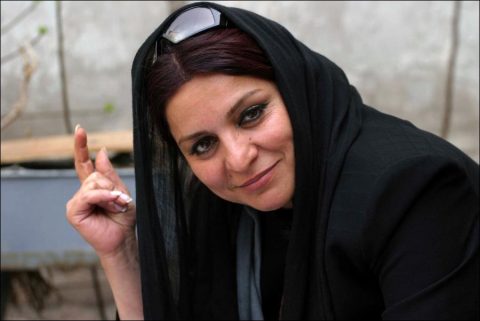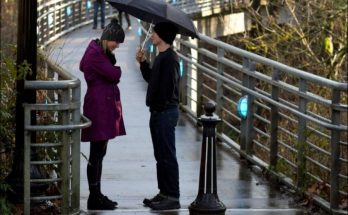Arab origin female directors. Most Arab-origin female directors speak the pain of the Middle East with the films they shoot. They strive to announce to the world what happened in this geography, especially women. Middle East is a geography where ancient traditions prevail. Unfortunately, what happens in this geography, where the majority of Muslims are inhabited, is mostly drama. These lands, which are known as occupations, civil wars, massacres, often cannot find enough places in the public.
The most important tool of popular culture, cinema, is a good tool in order to explain what is happening here to the world. In our article, we wanted to analyze the point of view of women directors who adapted what happened in this geography to cinema. Let’s see together how the persecution and difficult life conditions are reflected on the big screen with a woman’s hand, and who is directing which movies.
Deeyah Khan is a Muslim woman living in England. Khan, a Pakistani-Norwegian citizen, meets anti-racist actions from the family when he was little. The director, who is constantly attacked by racist neo-Nazis because of his Muslim identity, also receives death threats many times.
When her family is exposed to these racist attacks, she wants to take revenge on these racist British people by filming them on the big screen, and in 2017 she takes the movie White Right: Meeting the Enemy. The subject of the film is briefly about the racist activities of neo-Nazis following the American elections. The movie is released on television in England. Khan takes a lot of threats for his courage, but this does not get him back on track. The director, who is currently working in many more anti-racist projects, also stands out with his human rights defender and activist identity.
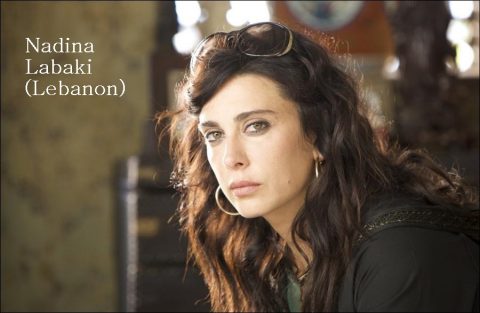
A director worried about the Palestinian cause
Annemaria Jacir is one of the names to be counted when it comes to Palestinian cinema. The director, who has been working as an independent film since 1998, makes many short films. She is trained in the United States and this is a good opportunity for her directing career. In 2008, he made his first feature film Milh Hadra al-Bahr-Bu Salt of the Sea and this film is shown at the Cannes Film Festival.
The film Lamma Shoftak – When I See You, shot in 2012 is actually a reflection of what they experienced on the big screen. The film deals with what happened in the refugee camps in Jordan, where it resides, as it is forbidden to enter the blockade of Palestine, that is, the land of its birth. The director, who has left many awards with his latest Wajib-Wedding Invitation film, aims to announce the Palestinian problem to the world through cinema. Just like other Palestinian directors.
Actually, Syria was the country that attaches great importance to the film industry in the Middle East. However, as a result of the civil war, there is a devastation in this sector, like the country’s excellence. For this reason, Syrian rulers mostly reside abroad and shoot their films in these channels. Ruba Nadda is one of the directors of Syrian origin, who has completed her education in Canada and realized her projects there. There are 12 films of the director, whose works sometimes come across inspirations from the Middle East. In the film, Sabah, which he made in 2005, he reveals the difficulties an Arab woman asylum-seeking as a refugee in Canada, when she meets a new culture.
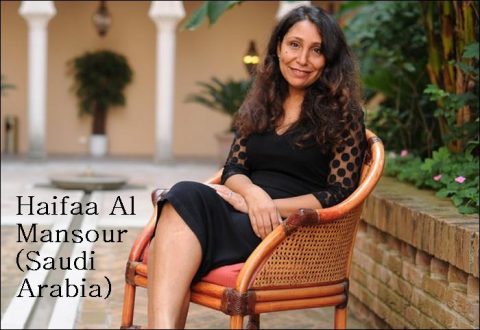
How did the Arab Spring reflect on the screen?
Famous for film projects such as Control Room, Egyptian Jehane Noujahım is also a producer on MTV channel for a while. After the first uprising in Egypt in 2007, Egypt: We Are Watching You? Shoots the movie. The events that took place in the country after the Arab Spring, which started in Tunisia following this first spark, helped it sign a new project. Her real reputation is with the documentary The Square-Meydan, where he shot the events in Tahrir square in 2013, which was affected by the Arab spring like dominoes. In the documentary, the events in the Egyptian revolution come down to the square in person. Using the Tahrir square like a movie set, the director ensures that the events take place in the world public opinion.
Lebanese director Jocelyn Saab is a director who has signed many documentary projects throughout her career. The director, who has more than 20 documentaries still published in the world, has also made many films about his country, Lebanon. We can say that the confusion and civil war in his country are the common subject of his films. Lebanon in a Whirwild, Beirut is No Longer Never, Beirut: My City, Dunia are a few of them. His directing adventure is not limited to his country. He also shot documentaries in countries such as Egypt, Iran, Sahara and Vietnam. Also known as a journalist, the director can be mentioned among the most experienced names of female directors in the Middle East.
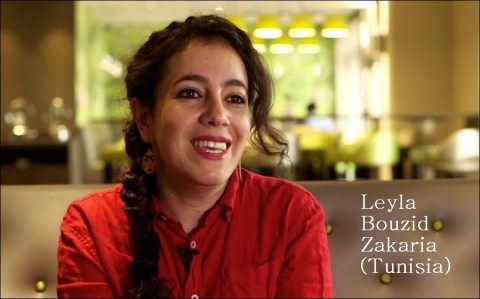
Life in the Middle East through the eyes of women
Nadina Labaki, also a director from Lebanon, is a female actress who sits in the director’s chair in addition to her acting career. In 2007, he mentions his name with the movie Sukkar Banat-Caramel, which he wrote and directed. 2011 Meat Maintenanceant on va Ou? – So, where is he now? It focuses on the life practice of the Christian and Muslim peoples living in Lebanon. It presents to the audience the suffering experienced by women, whom he declared as the first loser of every war. With his latest movie, Capharnaüm, which was released this year, he represents his country in Cannes 25 years later.
Haifaa Al Mansour is the first female director of Saudi Arabia. Also, Vadjda-Vecide, shot by Mansour, is the first feature film shot in Saudi Arabia. Vecide is one of the successful productions that are also shown at the Istanbul Film Festival. In the 2012 Saudi Arabia-Germany co-production, the director Al Mansour tells the story through the eyes of girls. In fact, it would be more correct to say that the woman who cannot find much place in social life in this geography is reflected on the screen through the eyes of the child. Considering that the right to vote for women in Saudi Arabia was given in 2015, we believe once again that the importance of Haifaa Al Mansour’s work for women living in this geography is revealed.
Jasmine revolution and Tunisia
Tunisian female director Leyla Bouzid Zakaria, Gamine, Mkhobbi fi Kobba, finishes her first feature film As I Open My Eyes in Opening My Eyes in 2015 after filming Un ange passe. Adapting the experiences of the people to the cinema after the Jasmine Revolution, the director transfers the changing experiences of ordinary people to the screen with a different perspective. This film, in which young people in Tunisia focus on their life experiences and shoot based on their personal life, is shown at many festivals.
The United Arab Emirates is generally known for hosting festivals where films from all over the Arabian peninsula are screened rather than films shot in the country. Although he is not a well-known director, Nujoom Al-Ghanem can be mentioned as an example of an important exception. In this geography, the director makes a documentary about camels, which are an integral part of desert life. 2014’s Nearby Sky receives the Best Documentary Award at the Dubai Film Festival. At the same time, Al-Ghanem is a poet who has published poetry books since 1989. The director, born in Dubai, has many short films and documentaries since 1997.
One last word. The directors of Arab origin that we mentioned here, regardless of the country they were born in or residing, remained loyal to the lands they originated in the films they shot. Most of the time, they signed award-winning productions to prove that they existed in this medium in order to be a voice of what happened. Again, they successfully reflected what happened in this geography to the screen by analyzing their fellowmen in the center.
Hits: 137
